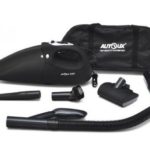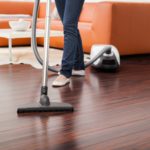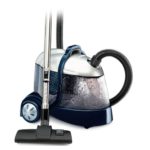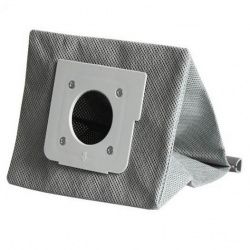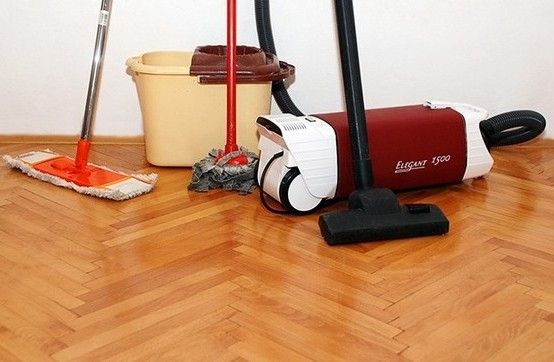Types of vacuum cleaners
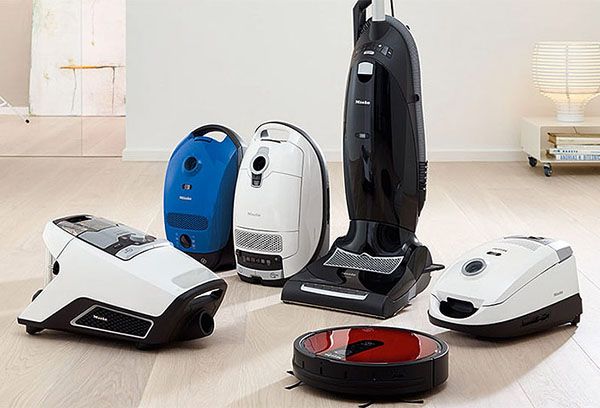 The vacuum cleaner has long received the title of an indispensable assistant for every housewife. It greatly facilitates household chores and helps with cleaning and cleaning the floor. What types of vacuum cleaners are there based on their operating principle? The modern market offers a wide range of these units. They differ in many characteristics and internal structure.
The vacuum cleaner has long received the title of an indispensable assistant for every housewife. It greatly facilitates household chores and helps with cleaning and cleaning the floor. What types of vacuum cleaners are there based on their operating principle? The modern market offers a wide range of these units. They differ in many characteristics and internal structure.
The content of the article
Varieties
Selecting household appliances for your home is a rather responsible process. When purchasing, many users are faced with a difficult choice. A vacuum cleaner has long been a fairly familiar and essential appliance in every home. However, each model presented in specialized stores has special characteristics and qualities. Manufacturers highlight several points during production.
Differences:
- by type of construction;
- by type of dust collector;
- by type of cleaning;
- by filtration level;
- specialized devices.
Each type has its advantages and disadvantages.
Types of construction
The main difference between modern vacuum cleaners relates to their design. Manufacturers distinguish 5 main types.
- Cylindrical. These models are familiar to everyone. This is the most common type of home appliance. This vacuum cleaner has a special body, a long hose for passing debris and a special brush for cleaning the surface. They have great power and adjustable suction, making it easy to handle everyday cleaning tasks.
The big advantage of such a unit is its maneuverability. This will allow you to clean hard-to-reach places (stairwells, floors under furniture). Many manufacturers add special brushes and attachments to the package, which makes the cylindrical vacuum cleaner a more functional and versatile device.
- Vertical - the main competitors of cylindrical devices. They are a vertical body that is attached directly to the brush. Experts classify such products as energy-efficient equipment: the motor is located near the brush, which allows it not to consume a large amount of power. This vacuum cleaner is more convenient to use and is suitable for cleaning a large room.
A special brush easily copes with cleaning surfaces from pet hair and other heavy dirt. The downside of this product is its inability to clean baseboards or clean floors under furniture. Negative characteristics also include strong noise when operating the device.
- Manual. Many people classify this type as a type of vertical apparatus. The main advantages include compactness and ease of use. These devices, compared to others, are powered by special batteries. They are perfect for cleaning a small area of debris.
Thanks to its compactness, this vacuum cleaner makes it easy to clean hard-to-reach places. The only disadvantages include its feeding method. The battery only lasts for a limited time and recharging takes quite a long time.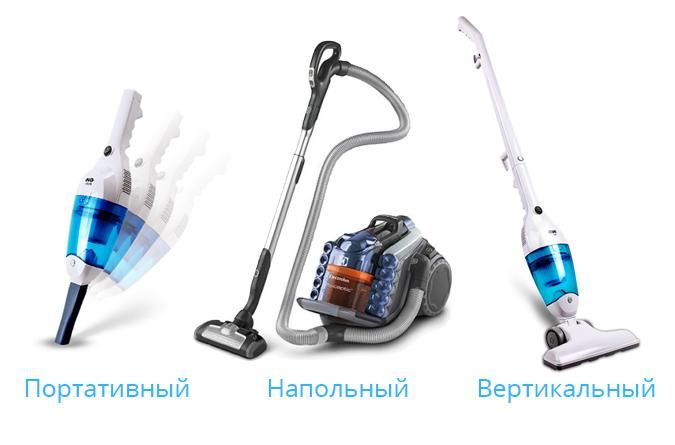
- Built-in. Such vacuum cleaners are also called stationary. To carry out cleaning, simply connect the hose to the pneumatic outlet built into the wall. Dust collectors and the motor are equipped in special technical rooms.Debris from the surface being cleaned ends up in a specially equipped dust collector.
This vacuum cleaner does not make noisy sounds when operating, and the absence of the body itself makes it much easier to move around the room. Disadvantages include difficulty in cleaning the air duct. You cannot cope with this task on your own; you need to involve a specialist. Also, dust and contaminants that settle in air ducts are a favorable breeding ground for dust mites.
- Robot vacuum cleaner. The most advanced model on the market. Among its distinctive features, experts include its independent operation, without the participation of the owner, and the ability to clean hard-to-reach places.
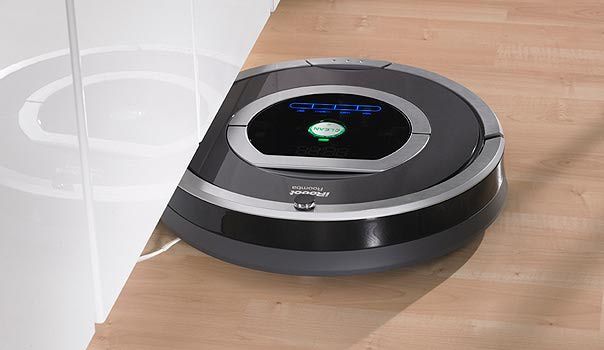
This device runs on a special battery. To recharge, it is independently connected to the charger. Among the disadvantages, we can highlight less power, in contrast to other units. This vacuum cleaner is perfect for cleaning a small area of a room.
Reference. Among the stationary ones, base vacuum cleaners are also distinguished. They are located in the basement of the room and help with quick cleaning.
Dust container type
The next difference between vacuum cleaners is the type of built-in dust collector.
Bags
Positive traits:
- ease and accessibility of use;
- minimal time spent on cleaning;
- compliance with hygiene standards;
- profitable price.
Negative qualities:
- frequent expenses for purchasing a new dust bag;
- the suction force decreases according to the filling of the bag;
- Due to the difference in pressure, the bag may burst inside the vacuum cleaner body, which will lead to a malfunction of the device itself.
Aquafilter
Pros:
- Air humidification during the cleaning process.A big plus for people suffering from allergic diseases;
- Low frequency of purchasing new consumables.
Minuses:
- Rapid clogging of additional filters;
- Rapid consumption of liquid during cleaning. The reservoir must be replenished regularly;
- In the case of a large amount of debris, the amount of water, on the contrary, increases, which provokes splashes;
- Not very easy to use;
- High price.
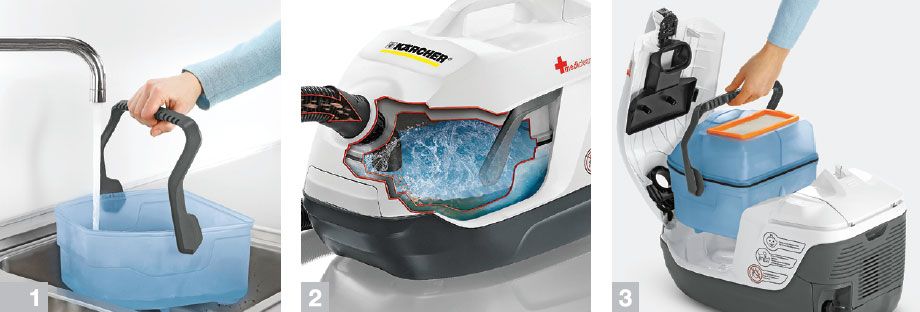
Cyclonic
Advantages:
- no regular need to purchase a dust collector;
- suction power is not reduced.
Flaws:
- The vacuum cleaner has difficulty picking up light debris (threads, wool), which leads to clogging of additional filters;
- High noise during operation;
- Necessary cleaning of filters after each cleaning;
- Auxiliary filters quickly fail. This becomes the reason for frequent financial investments.
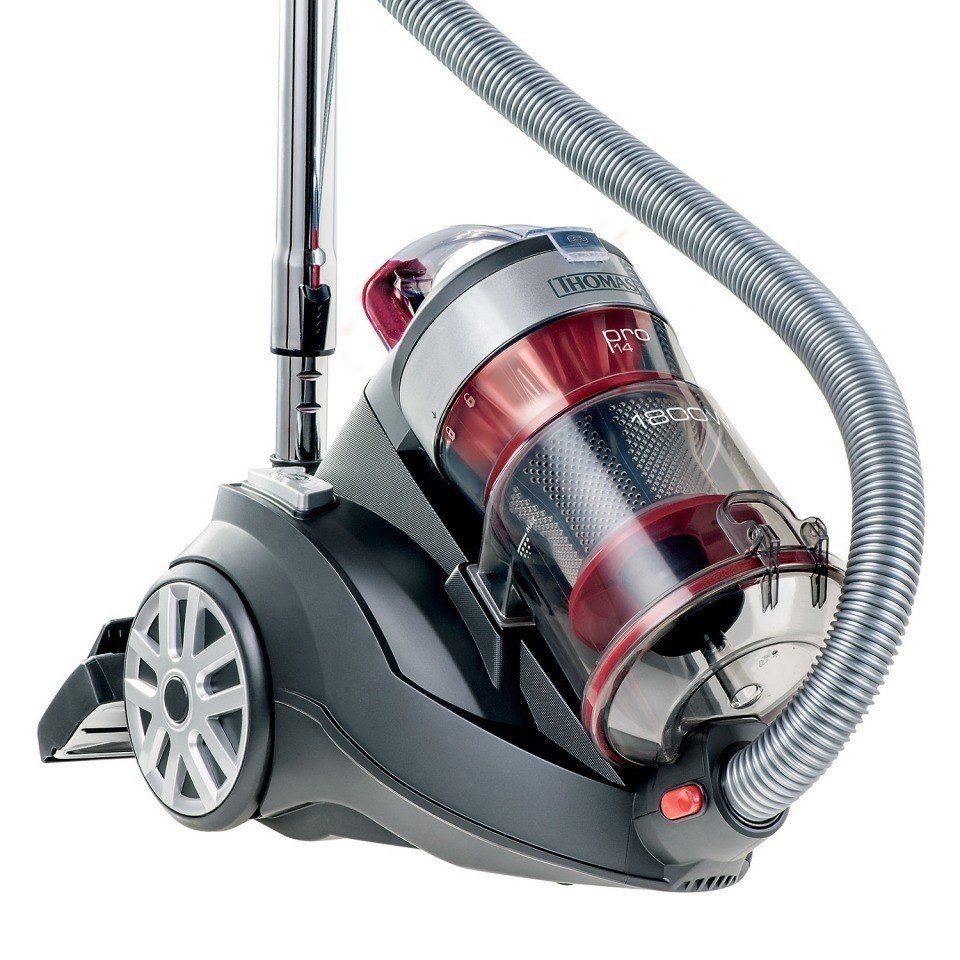
Type of cleaning
The next point in the types of vacuum cleaners is the type of cleaning.
- Dry vacuum cleaners occupy the main niche in the market for this technology. The brush sucks in dust and dirt particles due to the fast air flow created by a special fan. The sucked air passes through a special filtration system and the purified air enters the surrounding atmosphere.
- Washing vacuum cleaners They are distinguished by their adaptability to wet cleaning. With their help, you can carefully collect spilled liquid from the surface or wash floors. Through special filters, water with added detergents is evenly sprayed over the surface. Contaminated water is discharged into the second compartment, designed to collect dust and dirt.
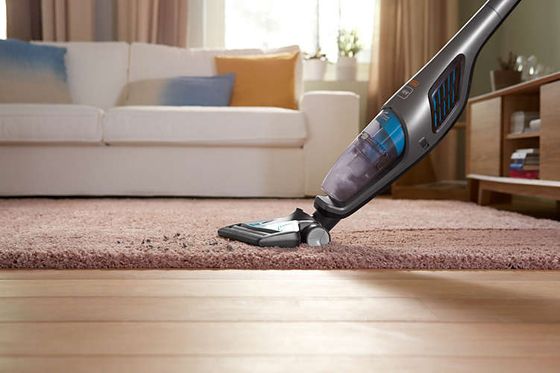
Filtration level
The filtration system built into each vacuum cleaner purifies the air during the cleaning stage.It is responsible for cleaning the surface from the smallest debris. There are several types designed for filtering:
- Cyclone system characterized by high air turbulence. Incoming dust particles settle on a cone collector, and the central system is occupied by purified air. It spreads further, reaching other filters.
- Aquafilter represents a reservoir of water to purify the incoming air. During operation, the water gradually becomes polluted, which indicates the purification of the atmosphere.
- Separator system filters They are engaged in purification, thanks to the presence of special turbines and a reverse motor. The cleaning process creates high pressure, which causes dust to settle in the liquid. As an addition, there are options such as ionization or air aromatization.
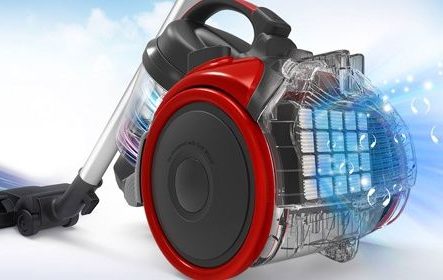 Fine and coarse filters prevent contaminants from entering the engine and contribute to complete air purification. The disadvantages of such a system include rapid clogging of the engine compartment, which contributes to the appearance of an unpleasant odor during the tidy process.
Fine and coarse filters prevent contaminants from entering the engine and contribute to complete air purification. The disadvantages of such a system include rapid clogging of the engine compartment, which contributes to the appearance of an unpleasant odor during the tidy process.- Microfilters are not highly reliable. They are a foam cassette that works as a contamination indicator. As the indicator becomes clogged, it changes color due to dust and dirt settling on it. The channels become clogged very quickly, which reduces the effectiveness of cleansing after each use.
- NERA refers to the most popular filters. Modern manufacturers offer two types: disposable and reusable. The second subtype requires special cleaning and drying after each use. When using such a filter, there is a strict ban on its use in wet form.The filter becomes a favorable environment for the proliferation of harmful bacteria and mites.
- Coal option used as an assistant to the main cleaning device. It promotes more complete cleaning with proper quality. Experts recommend replacing them at least every 3 months.
Addition. The most effective is a filter equipped with a separator system.
Specialized devices
The household appliances market represents more than just equipment for the home. Specialized vacuum cleaners are also available in a wide range.
- Construction The devices are practically no different in appearance from home ones, only the size stands out. This unit is designed to collect large volumes of waste. It can easily cope with contaminants such as construction shavings, cement dust, and small pebbles. This device features a wider hose, wider motor functionality and an improved filtration system.
- Car vacuum cleaners Designed for cleaning car interiors. They are miniature, which will allow every car enthusiast to carry it with him. Thanks to a small hose, it is possible to clean hard-to-reach places, for example, at the junction of the back and seat of chairs. Many models are equipped with an additional function that is responsible for collecting liquid - a big advantage in winter. When operating from the on-board network, the vacuum cleaner is connected to the cigarette lighter. You can also purchase an option that runs on special batteries.
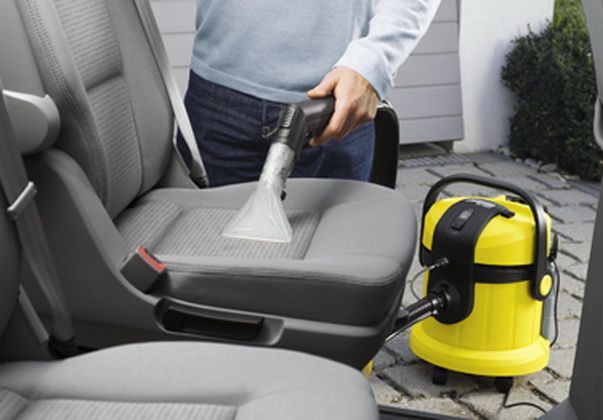
Conclusion
Vacuum cleaners have deservedly received the title of faithful assistant not only for the home, but also for work. Manufacturers offer a wide range of products.Simple recommendations will help every buyer make the right choice.

